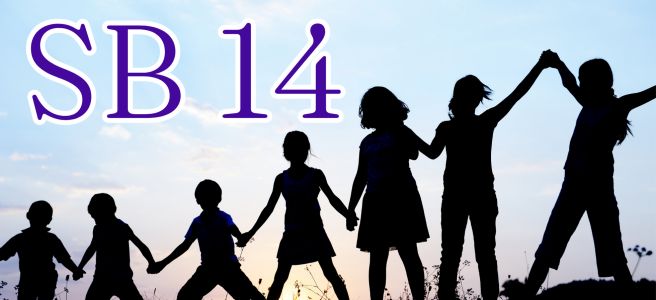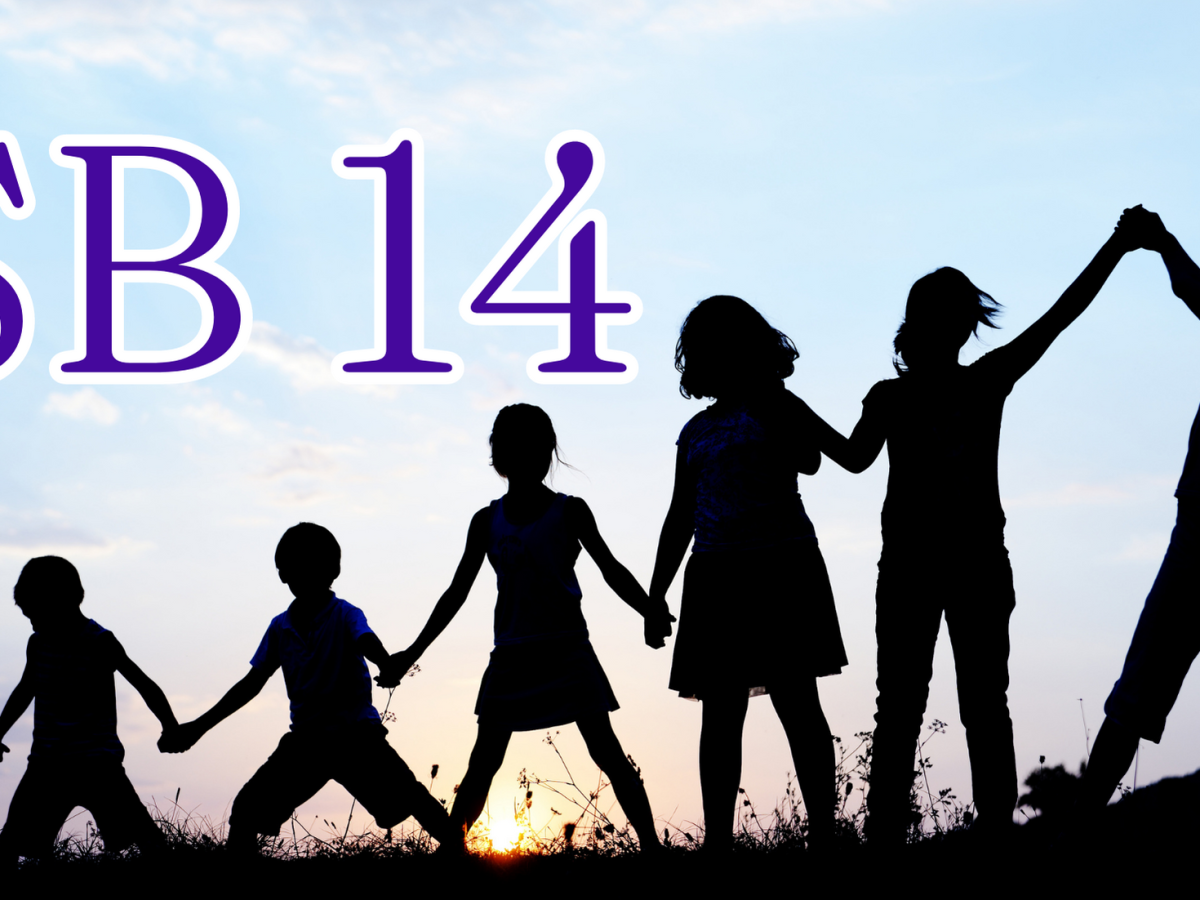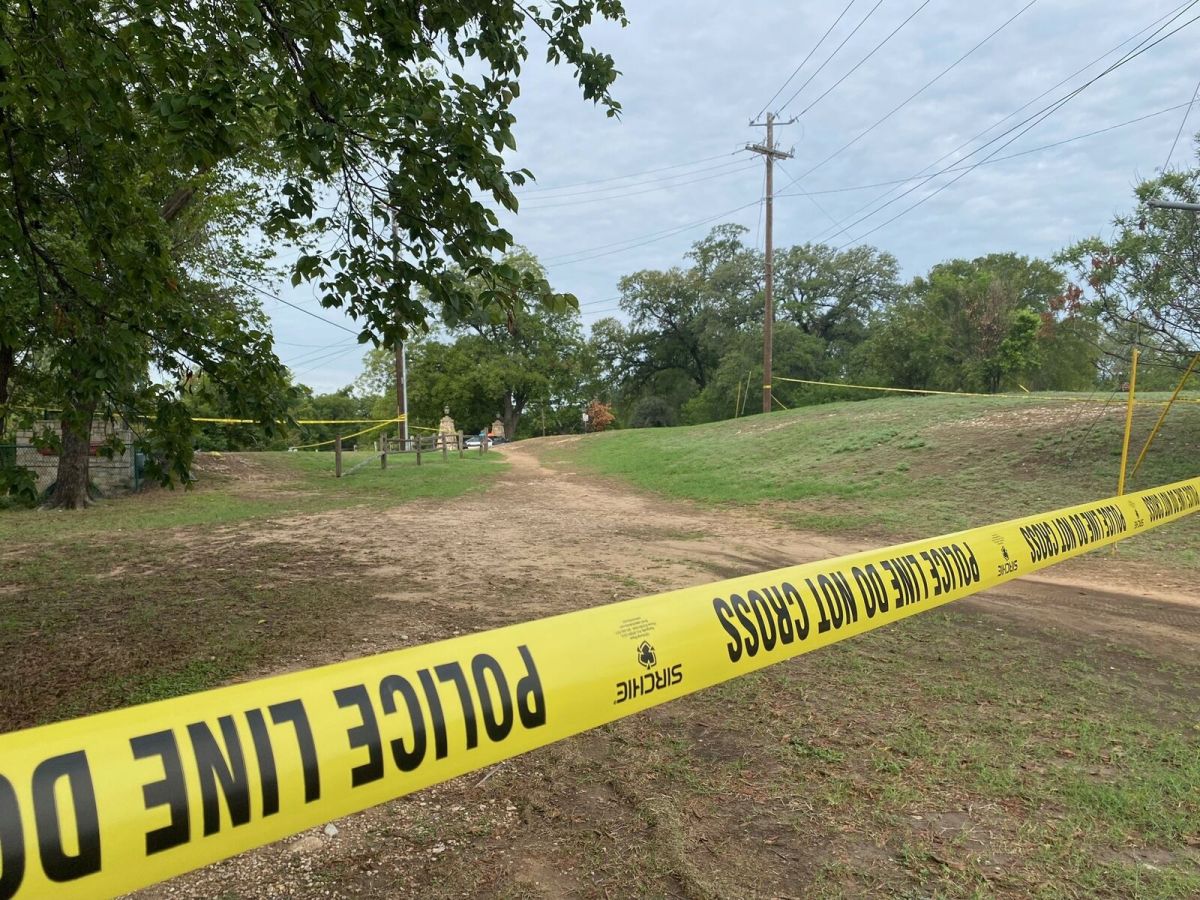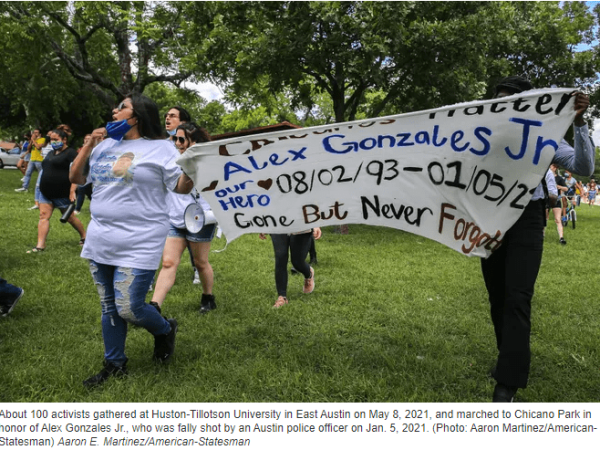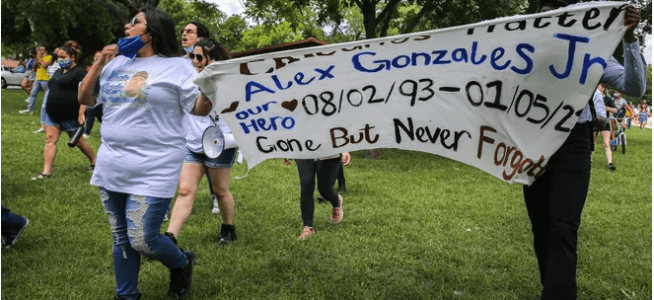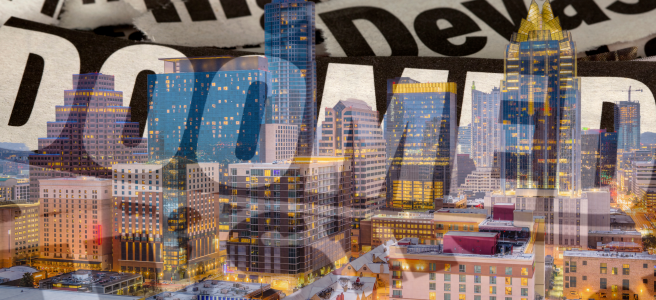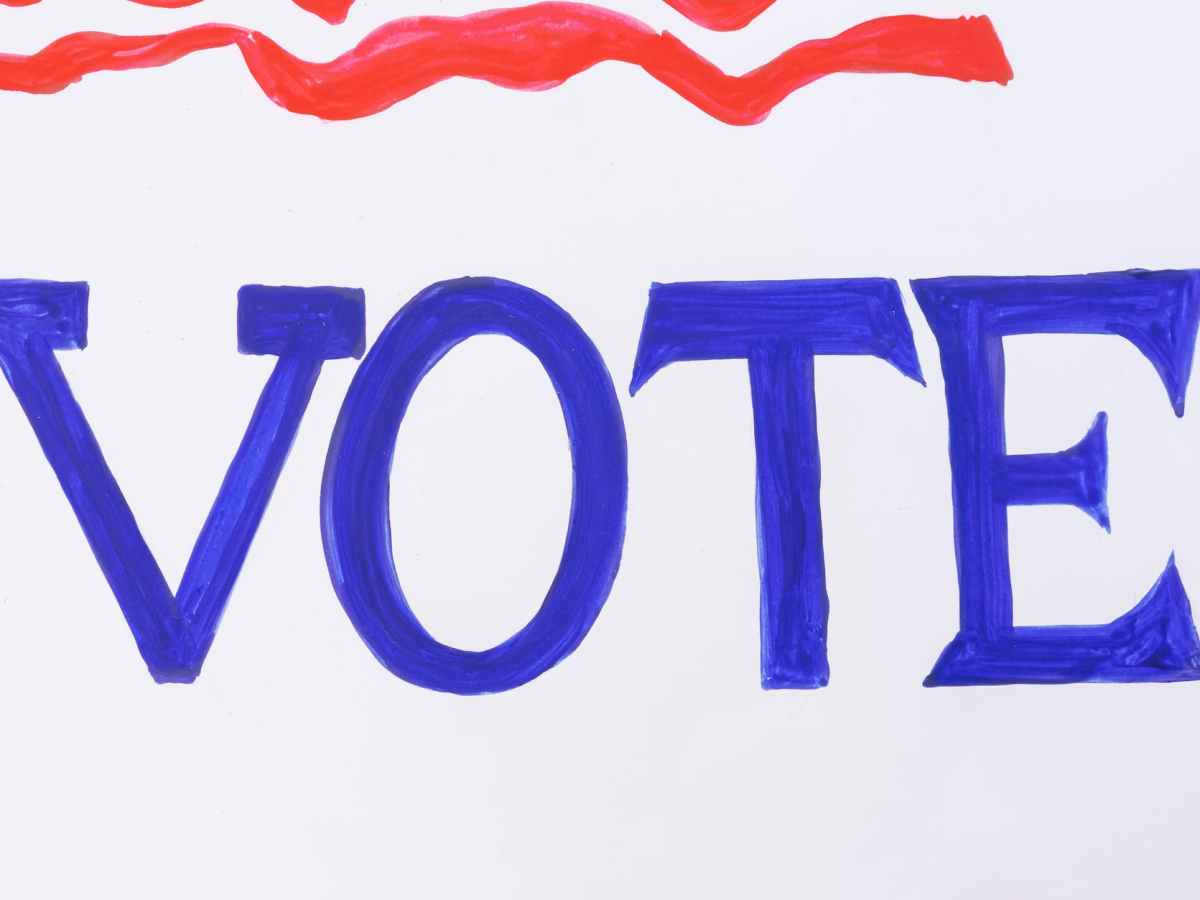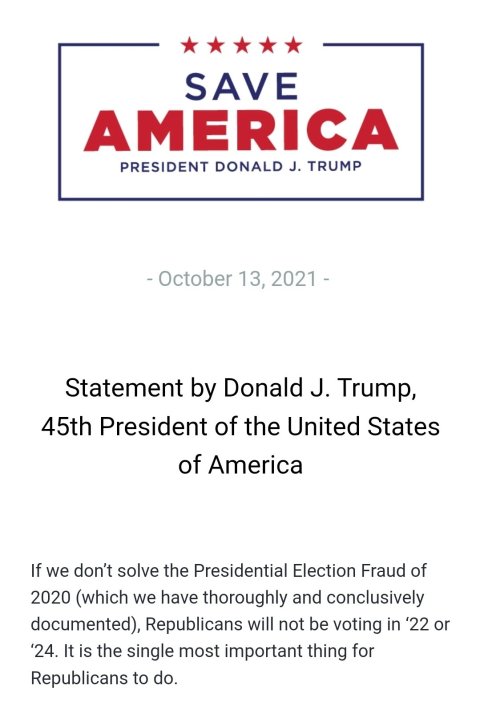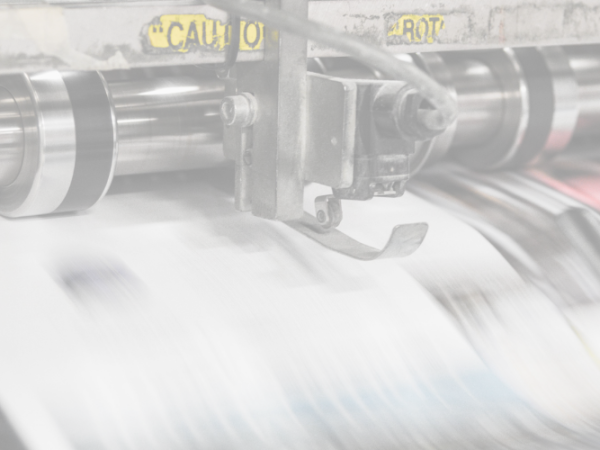On Tuesday, May 2nd, the Texas House will vote to decide whether doctors will be allowed to medically “transition” children in Texas.
SB 14 would illegalize medical procedures, both surgical and hormonal, done for the purpose of altering a child’s sex.
This is, without a doubt, a good and necessary law.
There are few issues that motivate the extremes of America’s politics as the Trans issue does. Both sides on this issue believe that the well-being, indeed, the very lives of children are at stake. Both sides have turned to public protest.
These protests are regularly becoming scenes of violence, as assaults on “anti-trans” speakers have become normalized.
We hear regularly about a so-called “trans genocide” as states across the US establish laws limiting the medicalization of American youth.
SB-14 is one such bill.
This bill, it must be said, will not legalize or incentivize any acts of violence against trans-identifying people. This law is not an act of violence, despite what many activists will say.
This, we are told, will lead to a mass wave of suicides among trans-identifying youths. Oddly, we are also told that these procedures are NEVER performed on minors.
Simply put, the arguments against the bill are contradictory. Either the procedures are occurring, and therefore should be banned, or the procedures are not occurring, and therefore this bill will have no impact on trans-identifying youth.
I believe that the vitriolic response of the far left reveals which argument is more true. The response certainly suggests they are terrified that these procedures will be disallowed. Which means these procedures do occur. And there are people that will lie to keep them going.
We are told that there are two options for those with gender dysphoria: transition or death. We are told that transitioners are always happier. We are told that gender dysphoria is a medical reality, but not a mental illness.
Yet there is not one shred of evidence for any of these claims. And while these claims are debated, one must ask, how many more children are going under the knife? How many more are beginning to take life-altering, body-modifying drugs that we know will harm them?
The reality is that an unknown number of young people–overwhelmingly girls–are being told that there is something medically wrong with their bodies and that this can be solved through extensive, irreversible procedures. They are routinely lied to when they are told that puberty blockers “pause” puberty, or that the results of these drugs can be easily undone.
And there is still not one study to prove that young people who undergo transition are any better off in the long run.
Their bodies are left scarred, and all too often seriously ill.
Don’t believe me? Listen to the stories of the de-transitioners, several of whom spoke at the Texas Legislature on their horrific experiences.
But how could so many doctors have it wrong, you ask.
Or perhaps you’re less charitable and wonder how I could possibly think I know more than doctors.
Firstly, many medical professionals in the United States have spoken out against these procedures. They have also alleged that there is intense political pressure to conform to what a small group of academics wants them to believe. The American College of Pediatricians warns against using puberty blockers.
Secondly, the American medical community has made massive, unspeakable errors in the past. There was the lobotomy craze, which led to the mutilation of at least 50,000 Americans. Today, the practice is essentially unused. Electroshock therapy was used in numerous universities in ill-fated attempts to “cure” homosexuality. This was finally found to be cruel and ineffective. The mentally “unfit” were subject to castration as a way of “improving” the human race. After thousands upon thousands of these barbaric rituals, it was realized that this was a violation of the Hippocratic oath.
Large groups of doctors can be wrong. And when no one questions doctors, enormous numbers of vulnerable people are harmed. And we, as a society, can never cure the harm done.
Do you think that there is a medical consensus favoring “gender-affirming care?” You’d be wrong. The United Kingdom, Finland, and Sweden have largely banned these unsettling practices on children following reviews of the available evidence. There is no consensus; only dogma. A vocal minority has gaslit a nation into allowing thousands of children to be used as guinea pigs in a vast medical experiment.
Ending experimentation on our children is a moral necessity.
The idea abounds that somehow the amorphous concept of “gender identity” exists almost entirely separately from physical reality. This idea is anchored in a pseudo-scientific conception of humanity. It is telling that many gender ideologues readily embrace mystical concepts such as “two-spirit” from Native American folklore as a part of their supposedly fact-based worldview.
Ultimately, however, gender theory is an intellectual dead end. It represents an attempt to deny and overcome nature.
Humans exist on a biological binary with extremely minimal deviations from said binary. The cells that make up our very existence are biologically male or female.
And no matter how much we try, we, humans, cannot change our nature.
Movement after movement, cult after cult, has preached the changeability and perfectibility of man.
The Nazis believed they could create supermen through selective breeding. The Soviets believed they were within reach of the New Soviet Man, free of vice and selfishness, through ideological education. The Puritans believed they could be more like God through strict laws and prayerful consideration of all actions.
And all of them failed. Why should our society’s sudden belief that we can unlock the fullness of human potential through radical medical intervention be any different?
We must recognize that those suffering from gender dysphoria are people. In just about any argument regarding gender ideology, or-trans activists will claim that their opponents are denying trans people’s humanity.
Nothing could be further from the truth. SB 14 does not deny anyone’s humanity. Indeed, the only activists I know who deny any person’s humanity are pro-abortion activists.
Instead, we who support SB 14 recognize those confronting gender dysphoria as people who are suffering and in need of help; not experimental mutilation.
Help doesn’t look like feeding delusions, needlessly removing healthy body parts, and administering drugs designed to castrate adults to children in an attempt to alter a healthy body into a pale imitation of the opposite sex.
We must acknowledge reality and seek to heal the mind, not damage the body.
We must pass SB 14 into law.
PASSING SENATE BILL 14 | SARC
Tweet
Texas Tapestry: Power Plays -Texas Politics and Influential Figures
In the complex and ever-evolving world of Texas politics, power often operates behind the scenes, shaping policy and influencing the Lone Star State’s trajectory. In this edition of Texas Tapestry, we delve into the contemporary realm, spotlighting influential figures and institutions that wield substantial influence in driving the political agenda in Texas. The overwhelming success…
RECAP: The First GOP Presidential Primary Debate | SARC
On August 23rd, 2023, eight Republican candidates gathered together on the debate stage in Milwaukee, Wisconsin for the first debate of the GOP presidential primary. Disclaimer: praise or criticism of candidates and their performances is not to be taken as the Club endorsing or opposing a candidate. Of course, the former president and seemingly prohibitive…
Austin Pride Parade Wants Women to Shut Up and Worship Men | SARC
Austin’s Pride Parade was a celebration of misogyny. That’s the big takeaway. On the 12th I attended the Let Women Speak event in Austin that Eventbrite tried to cancel. As you might imagine, local leftists were furious that powerful women would dare question Trans Orthodoxy, and so a local group of “anti-fascists” banded together to…

